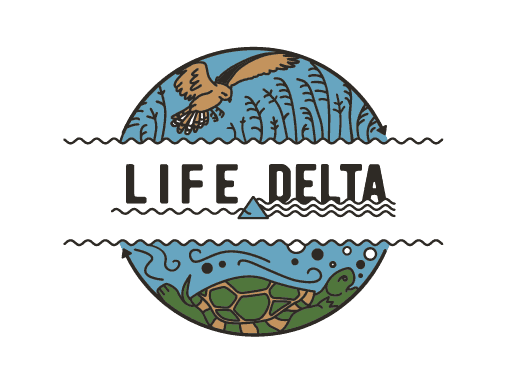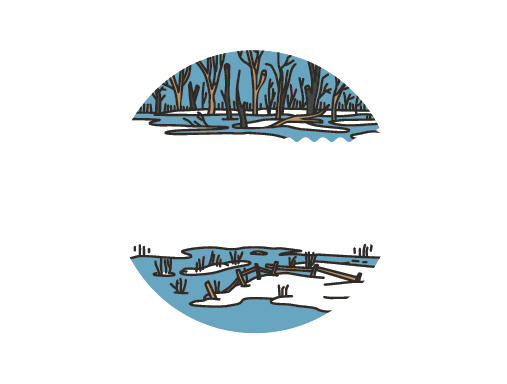
23 Jul LIFE Project in the delta of the Nida
A conference was held to open the LIFE Project in the headquarters of the Complex of Świętokrzyskie and the Nida River Landscape Park in Kielce. It concerned a project called “Renaturyzacja śródlądowej delty rzeki Nidy” (Eng. Renaturalization of the inland delta of the Nida River). During the meeting, the entire project was presented, including the activities to be implemented as part of the project — as SOZOSFERA.PL describes the beginning of the project.
In accordance with the terms of the signed agreements, the European Commission co-finances 60% of the costs of the project entitled “Renaturyzacja śródlądowej delty rzeki Nidy” (Eng. Renaturalization of the inland delta of the Nida River). The National Fund for Environmental Protection and Water Management will finance 30% of the costs and the remaining 10% will constitute the beneficiaries’ own contributions. The total value of the project was estimated at almost EUR 5.5 million (over PLN 23.1 million). The coordinating beneficiary is the Świętokrzyskie Voivodeship — the Complex of Świętokrzyskie and the Nida River Landscape Parks (ZŚiNPK). The co-beneficiaries are PAN-IOP, UR and LP-NP.
The project will be implemented on an area of about 400 ha over a period of 6 years (from January to the end of 2024).
As part of the project, active protection of oxbow lakes within the “Umianowice delta” and riparian forests, Molinia meadows on calcareous, extensively exploited meadows and reconstruction of xerothermic grasslands have been planned. A number of bird species inhabiting reeds, sedges and open meadows, as well as the white stork and white-tailed eagle are also to be actively protected. It was also planned to reintroduce the pond turtle, restitution of the population of the fire-bellied toad, crested newt, thick shelled river mussel, lesser ramshorn snail and Desmoulin’s whorl snail.
As part of the project the tourist traffic is to be channeled through the installation of tourist infrastructure as well. This will include observation platforms, look-out points, canopies, footbridges as well as information and educational boards.
Comprehensive monitoring of natural habitats and animal populations subject to protection is also to be carried out.




